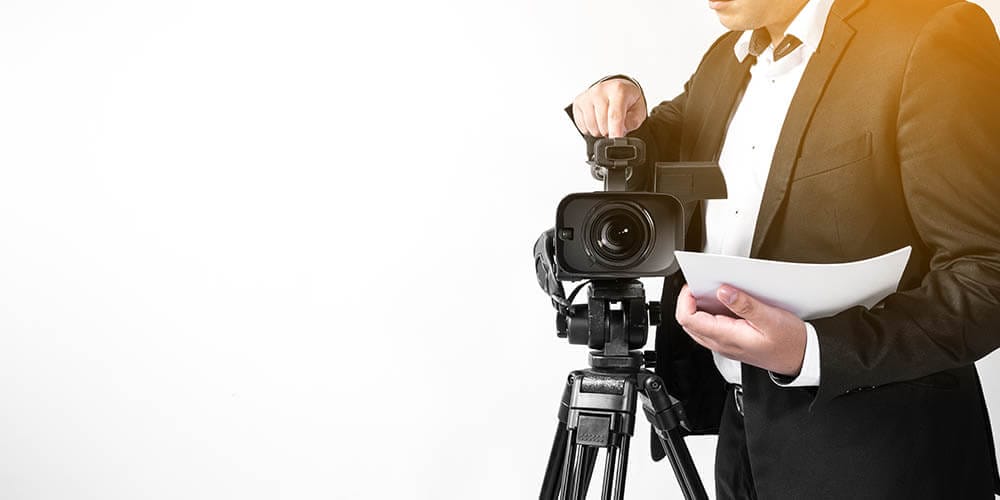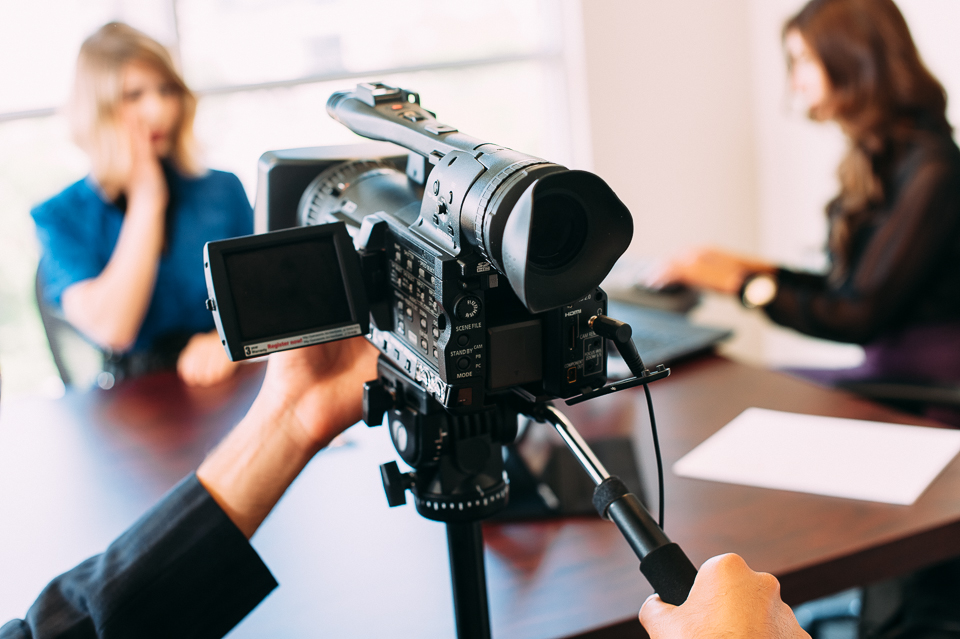Comprehensive Legal Videography for Depositions.
Why Lawful Videography Is Important for Accurate Legal Record-Keeping
In the realm of legal process, the accuracy of record-keeping is paramount, and lawful videography becomes a crucial device in this context. By recording the nuances of spoken and non-verbal communication, it dramatically decreases the potential for misinterpretation that can go along with traditional written records. The preservation of genuine visual evidence not just enhances the reputation of testimonies however additionally contributes to a comprehensive account of occasions. As we discover the multifaceted advantages of lawful videography, one have to consider its ramifications for the future of judicial honesty and transparency.
Importance of Visual Evidence
Developing the value of aesthetic proof in lawful process is paramount for guaranteeing precise record-keeping and improving the general stability of the judicial process. Visual proof works as a crucial device in documenting events, problems, and various other relevant information that might be necessary to a case. Unlike written accounts, which are vulnerable to interpretation and bias, visual recordings provide a purpose, unalterable depiction of truths as they happened.
This kind of proof can record a selection of aspects, including witness habits, ecological context, and physical evidence, all of which might affect judicial results. By offering a clear and thorough aesthetic narrative, legal videography eliminates uncertainty and aids to maintain the authenticity of the proof.
Additionally, aesthetic evidence can be instrumental in lowering disagreements over accurate discrepancies, as it enables a straight comparison against statement and other recorded documents. In an era where electronic modern technology is progressively widespread, the ability to existing aesthetic proof efficiently can considerably improve the general top quality of legal proceedings. Eventually, the incorporation of aesthetic evidence not just boosts the documentation procedure but additionally strengthens public rely on the judicial system by promoting transparency and liability.
Enhancing Statement Integrity
The integration of legal videography right into court process substantially enhances the integrity of witness testimony. By catching the subtleties of verbal and non-verbal interaction, video clip recordings offer an even more extensive depiction of a witness's behavior, feelings, and reliability. This visual paperwork allows jurors to observe the witness's body language, face expressions, and total conduct, which are crucial parts that can influence their understanding of testament trustworthiness.

Furthermore, the existence of video footage can hinder witnesses from giving deceptive or overstated statements, as they know that their testament is being videotaped. This responsibility reinforces the integrity of the judicial procedure. Inevitably, legal videography offers as an essential tool in making sure that witness testimony is not just precisely depicted yet likewise checked out with heightened integrity by all events included.
Comprehensive Record Conservation
Comprehensive record conservation is essential for maintaining the honesty of legal process. Legal videography works as a critical tool in this process, giving an accurate aesthetic and auditory account of statements, depositions, and other turning points in an instance. Unlike conventional written records, video recordings catch the subtleties of body movement, tone, and feeling, which are important for recognizing the context and intent behind statements made throughout lawful procedures.
Integrating audiovisual elements into record-keeping improves the conservation of proof, ensuring that it continues to be intact and easily accessible throughout the lawful process. This is particularly vital in cases where the reliability of witness declarations might be tested, as aesthetic recordings can corroborate cases and provide clarity. Furthermore, video clip documents can be important during charms or retrials, using an unchanged depiction of the initial statement.

In addition, the capability to evaluate video evidence description allows attorneys to identify vital information that may have been neglected in composed documents. By maintaining a thorough archive of legal proceedings via videography, regulation firms can support the highest possible criteria of precision and liability, ultimately adding to a fairer judicial process.
Enhancing Lawful Proceedings
Streamlining lawful process is crucial for boosting efficiency and minimizing hold-ups within the judicial system. Legal videography acts as a pivotal tool in achieving this objective by supplying clear and accurate aesthetic documents of court hearings, depositions, and statements - legal videography. This technology enables for real-time recording, guaranteeing that all verbal and non-verbal cues are caught, which can help with quicker resolution of disputes
The assimilation of videography right into legal processes reduces dependence on standard approaches, such as prolonged transcripts, which can be taxing to create and review. By having actually access to videotaped footage, attorneys can quickly reference crucial moments, enhancing their capacity to prepare and present instances effectively. This immediacy also assists in the clearing up of testimonies, lowering the capacity for misinterpretation.

Admissibility in Court
Precise paperwork is essential not just for effectiveness but also for ensuring that evidence is acceptable in court. Legal videography acts as a critical device in this process, providing a reliable aesthetic document of testaments, declarations, and events. Courts typically call for evidence to fulfill specific requirements of admissibility, including relevance, authenticity, and dependability. High-quality video clip recordings can accomplish these requirements by capturing clear sound and visual information that written records might overlook.
To be considered permissible, lawful videography must stick to recognized protocols, such as appropriate equipment usage, proper lighting, find out and clear sound capture. In addition, it is important to have qualified videographers who understand the legal demands surrounding proof collection. legal videography. The chain of guardianship have to likewise be kept to avoid any insurance claims of tampering or change
Additionally, lawful videography can improve the persuasiveness of proof by providing jurors with a direct view of the statement, enabling a more engaged understanding of the case. In summary, the combination of legal videography into record-keeping not just supports performance however likewise reinforces the stability and admissibility of proof in court process.
Final Thought
In conclusion, legal videography plays a pivotal role in guaranteeing exact legal record-keeping by providing objective aesthetic paperwork. Inevitably, the consolidation of legal videography right into the judicial procedure promotes openness and strengthens public count on in the stability of the legal system.